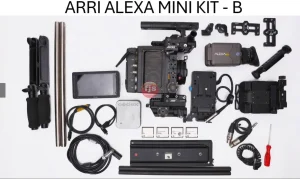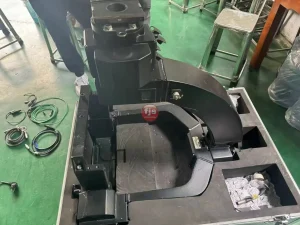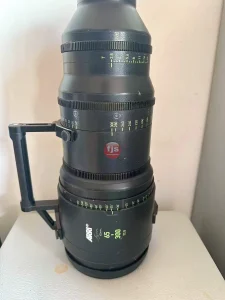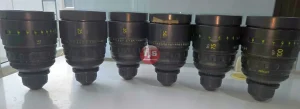When choosing a lens, differentiating between a prime lens and a zoom lens is crucial. Thankfully, there are several ways to tell them apart. Here’s a guide to help you identify a prime lens:
The Numbers Game: Focal Length
- Prime Lens: Look for a lens with one focal length listed on the barrel. This number represents the fixed focal length of the lens, such as 35mm, 50mm, or 85mm.
- Zoom Lens: Zoom lenses will display a range of focal lengths separated by a hyphen. For example, a zoom lens might be labeled 18-55mm, indicating it can zoom from a wide-angle 18mm to a telephoto 55mm.
Examining the Lens Barrel:
- Prime Lens: Prime lenses tend to be more compact and lightweight due to their simpler design.
- Zoom Lens: Zoom lenses often have a larger barrel to accommodate the zooming mechanism.
Consult the Manual or Manufacturer’s Website:
If you’re unsure based on the markings on the lens itself, refer to the lens’s manual or the manufacturer’s website. Search for the specific lens model and look for specifications that mention focal length.
Conclusion: A Quick Glance, and You’ll Know
Identifying a prime lens is a breeze! By checking the focal length information displayed on the lens barrel, its size, or consulting the manufacturer’s resources, you can quickly determine if a lens offers the fixed focal length characteristic of a prime lens.
Frequently Asked Questions:
- What if the focal length information is missing from the lens?
If the markings are faded or absent, searching online for the lens model based on its brand and any other identifying features can help you find the specifications, including focal length.
- Are there any other ways to differentiate between prime and zoom lenses?
While not a foolproof method, prime lenses often boast wider maximum apertures (like f/1.4 or f/1.8) compared to zoom lenses. However, this isn’t always the case, so relying on the focal length information remains the most reliable approach.
- What are the benefits of using a prime lens?
Prime lenses offer superior image quality, faster apertures, lighter weight, and affordability compared to zoom lenses of similar quality.







